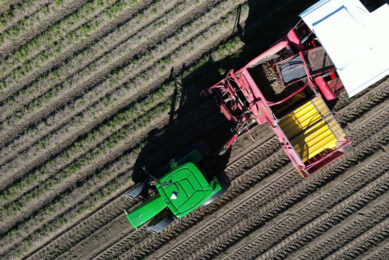New satellite: Navigation may need adjustment

One of the satellites in the navigation network has been replaced on September 1st. This requires an adaptation in the EGNOS settings, so manufacturer Müller Elektronik says.
Navigation systems determine their position according to signals from the GPS network (United States) or the Galileo network (EU). Between the ‘raw’ satellite signals and the user is the EGNOS system, which concerns corrections and related accuracy.
EGNOS uses 2 satellites for this correction. Until September 1, 2018, those satellites were 120 and 123. On that date, number 120 was put out of active service and the replacement 136 put into use.
Müller Elektronik lets users of their systems A100, A101 and Ag-Star know that they have to adapt the settings of some systems. At position ‘satellite 1’ the numer 123 has to be filled in, and at ‘satellite 2’ this should be 136. Alternative is to set the first one to ‘Auto’. Then the system automatically searches for the active satellites, but this can take longer and can be less accurate. When you are sure the system is already on Auto, you don’t have to intervene. Müller Elektronik gives a list of terminal manuals here.
Also other brands
According to Müller Elektronik make Egnos satellites and another setting may be needed.
Join 17,000+ subscribers
Subscribe to our newsletter to stay updated about all the need-to-know content in the agricultural sector, two times a week.



